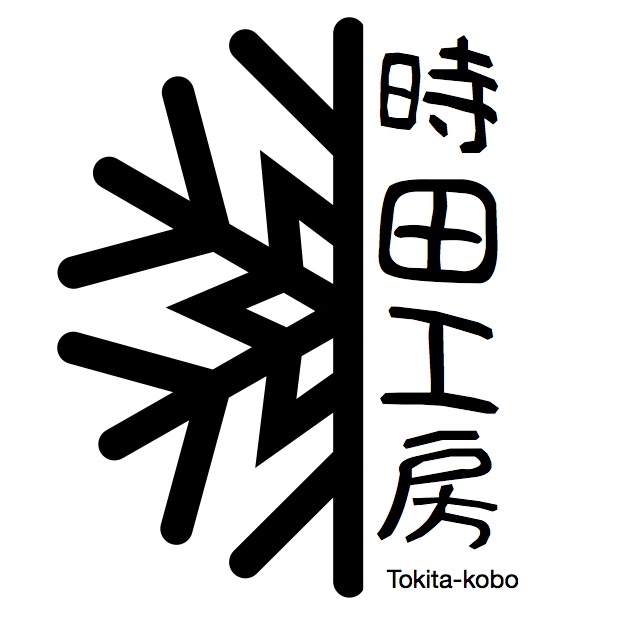What is Natto?
Natto is made by fermenting soybeans with a special bacteria called Bacillus subtilis natto. It’s packed with protein, probiotics, and vitamin K2, making it a powerhouse for gut health and bone strength. While it’s famous (and sometimes feared!) for its distinctive smell and stringy texture, many Japanese people grow up loving it as a breakfast staple.
July 10th is Natto Day!
Did you know that July 10th is officially recognized as Natto Day (納豆の日) in Japan?
This day was first established in 1981 by the Kansai Natto Industry Cooperative Association. In the Kansai region, many people weren’t fans of natto, and its consumption remained low compared to other parts of Japan. To promote the health benefits and deliciousness of natto, the association created Natto Day to help increase awareness and encourage more people to give it a try.
The date 7/10 (七・十) also sounds like “Na (7) – Tto (10)” in Japanese—making it a fun and easy-to-remember wordplay!
So, whether you’re a long-time fan or a curious first-timer, July 10th is the perfect day to celebrate natto—a truly unique and nutritious part of Japanese food culture.
Make Your Own Natto at Home – Simple Japanese Fermented Soybeans Recipe
Natto (納豆) is a classic Japanese superfood known for its rich protein, probiotics, and unique texture. While it’s widely available in Japan, making it at home can be a rewarding experience—especially if you’re outside Japan or just curious about traditional fermentation techniques.
Today, we’re sharing a simple way to make natto from scratch using basic ingredients and tools like a pressure cooker and yogurt maker. It’s easier than you think!
Ingredients:
- Soybeans – 300g
- Water – 900ml (for soaking)
- Natto – Half a package (about 25g of store-bought natto)
Instructions:
1. Soak the Soybeans

Place 300g of soybeans in 900ml of water and soak for at least 3 hours, or overnight if possible. The beans will absorb the water and become plump.
2. Pressure Cook the Soybeans

Using a pressure cooker, cook the soaked beans for 40 minutes. Once done, let them sit for 20 minutes without releasing the pressure. This helps make the beans extra soft—perfect for fermentation!
3. Cool Down the Beans

Allow the soybeans to cool down to about 30°C (86°F). This step is essential because natto bacteria are sensitive to heat and survive best around this temperature.
4. Prepare the Starter

Take about 100ml of the soybean cooking water, and mix it with 25g of store-bought natto. This creates your live culture.
5. Mix and Incubate

Add the cooled-down soybeans to the natto mixture and mix well. Then transfer everything to your yogurt maker or the yogurt function of a multi-cooker (I use a Ninja brand multi-cooker). Set it to ferment for 8 hours.
After 8 Hours…

You’ll notice the signature sticky strings and strong aroma of natto! Let it cool and refrigerate for a day to mellow the flavor before enjoying.
You can store it in the freezer or fridge. It’s best to sanitize the container with hot water beforehand.
The best time to eat Natto is after 12 hours in the fridge.

Tips for Enjoying Homemade Natto:
- Serve with hot rice, a splash of soy sauce, and chopped green onions.
- Add a raw egg yolk for an extra rich flavor.
- Mix with kimchi for a spicy twist!
For First-Timers
- Texture alert! Natto is famously sticky—it forms long strings when you lift it with chopsticks.
- Smell: It has a strong aroma, but the taste is mild and nutty.
- Try it with avocado, kimchi, or chopped shiso leaves to mellow the flavor or add variety!
Why We Love Natto
Natto is more than just food—it’s part of Japanese daily life, passed down from generation to generation. It’s humble, nutritious, and full of character—just like many traditional Japanese crafts and traditions we treasure at Tokita Kobo.
If you’re feeling adventurous, give natto a try and discover a new way to appreciate Japanese food culture!
Have you ever tried natto? Love it or not-so-sure? Let us know your favorite way to enjoy it!
#tokitakobo #natto #納豆 #japanesefood #fermentedfoods #healthyjapan #ricebowl #simplejapaneserecipes #japanesebreakfast #probiotics
